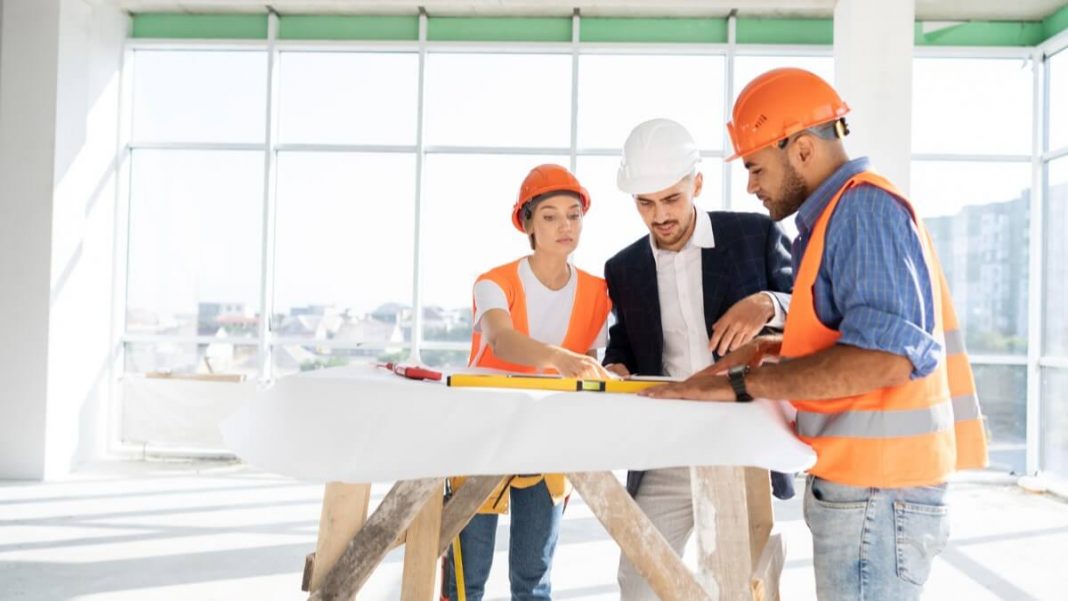Since the Australian building and construction industry is facing significant pressure, such as government building targets, community infrastructure needs, cost inflation, high demand for housing, and cost of living crisis, Master Builders Australia has called on the federal government to create a separate pathway for building and construction visas.
A recent report from Future of the Workforce: Skilled Migrants in Building and Construction revealed that visas are difficult to secure, costly, and have long processing times.
For this reason, Master Builders Australia wants the country to introduce a new visa specifically for the construction sector, VisaGuide.World reports.
500,000 Workers Needed to Meet Housing Deal Targets by 2029
According to Airah, the Master Builders CEO Denita Wawn explained that the Australian industry would need an extra 500,000 people over the next few years if the industry would build the 1.2 million homes and support infrastructure under the Housing Deal.
At least two-thirds of those new entrants will need to be skilled tradespeople. The required number is even higher to achieve the Housing Deal target of 1.2 million new homes by 2029 and net zero conversion by 2050.
However, BuildSkills Australia pointed out that between March of this year and the end of June 2024, the building and construction industry needed 90,000 new trade workers.
According to the Australian Bureau of Statistics (ABS), the number of people employed in construction and construction increased by 49,927 between February 2024 and May 2024.
In a survey of members of the Master Builders network in April 2024, 85 percent of respondents said it is a struggle to find suitably qualified workers, and 66 percent said that sourcing workers was the biggest issue facing the industry. Of the reasons given for this, 68 percent said the cost of employing people is getting too expensive, and 53 percent said they are not appropriately skilled.
Building & Construction Is Australia’s Largest Employer of Apprentices
Building and Construction is the largest employer of apprentices in Australia. As a result, at the end of December 2023, there were 116,560 apprentices in training in this industry – representing 34 per cent of all apprentices.
Meanwhile, in December 2022, there were 118,615 (-2 percent). The number of trainees beginning and ending construction and construction internships also decreased by 22 percent and 15 percent, respectively.
Moreover, ABS data shows that of all permanent full-time workers in buildings and construction who were not born in Australia, more than half (52.1 percent) earn more than $78,000 a year. Significantly more—67.1 percent—earn more than $65,000. This compares with their Australian-born counterparts, of whom 46.3 percent earn more than $78,000 a year, and 60 percent earn more than $65,000.
